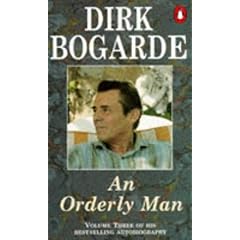
I stayed up till the wee hours reading Anne Cherian's novel, A Good Indian Wife, one of B&N's Discover books. Why is contemporary Indian literature so good? I started with Narayaon and moved on to Jhabvala, Ghosh, Bannerjee, and Manil Suri. These novels are all exquisitely written yet earthy and rich with subtle undertones . But Cherian is exceptional at conveying the culture of Inida, the radical differences between an Indian village and San Francisco. The story is absorbing but we also see the immigrant's view of the seeming coldness of America.
We see and feel the action through two main characters: the stay-st-home Leila and the doctor Neel, who spends much time flying his own plane when he isn't with his American girlfriend.
The main character, the sympathetic character, is Leila, a 30-year-old teacher of Shakespeare, who becomes a "victim" of an arranged marriage in India. Rejected again and again by suitors, she is thrilled when an Indian man from San Francisco returns to his village and agrees to marry her, through a kind of comedy of errors. (And which Shakespeare Cherian was referring to I'm not quite sure, but she and Leila know their Shakespeare thoroughly, so obviously there is a prototype).
Since she has no dowry, she has no choice but to live at home and teach at a women's college,. The prospect of marriage relieves her, even though Neel doesn't come to see her after the initial marriage brokerage. she believes the wedding red sari makes her look fat, and the hennaed designs on hands and feet are not her usual fashion statement. This portrait of Indian life is fascinating: the trips to sari shop, the struggles with relatives (both Leila's and Neel's), the food preparation, and the traditions that are completely humiliating to Neel, the reluctant husband.
Chernan alternates points of view--Leila's and Neel's--so we understand Leila's terror at Neel's stark apartment and worry that he isn't a doctor after all; and Neel's resentment of the marriage contrived by a pushy aunt and by his grandfather's assurance that he needs to see Neel married before he dies. Neel cannot believe he is in this situation. Neel lies about his work hours so he can frequently visit his blond American girlfriend, rather stereotypical but, yes, the manipulative bimbo who schemes to break up his marriage. We feel Leila's aching loneliness and isolation in an apartment house in San Friancisco where no people are on the streets and watch with fascination the development of the marriage. There is much more to this novel. Such good writing!



